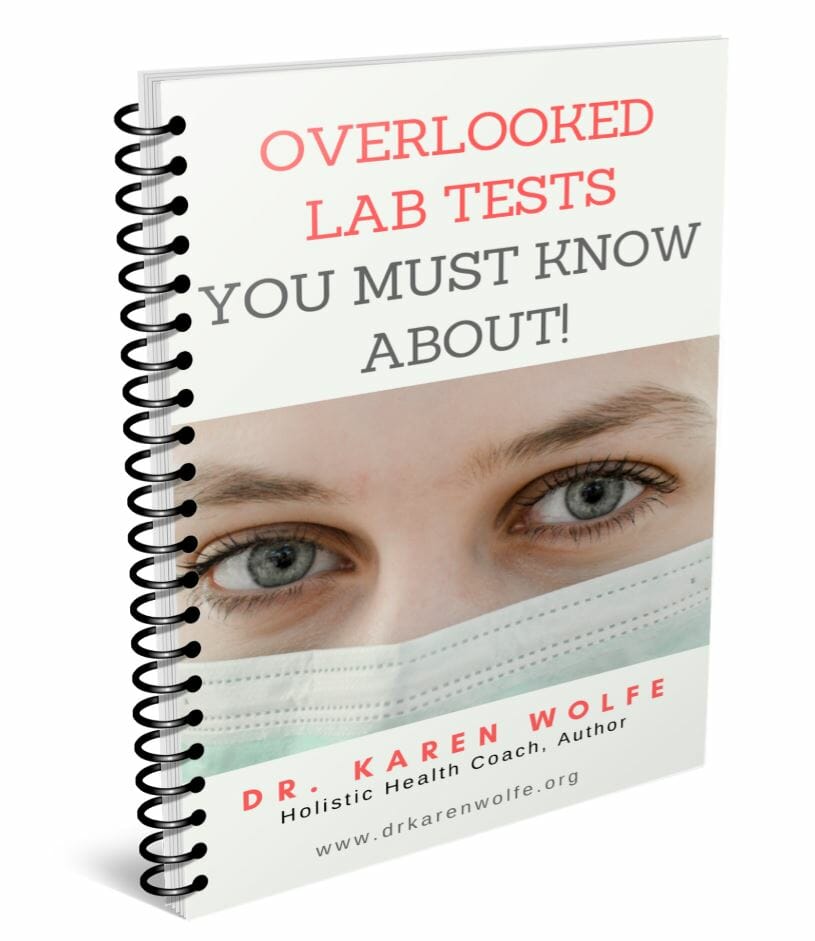 How to Read a Cholesterol Panel is a blog I am writing to educate and empower you to understand your numbers.
How to Read a Cholesterol Panel is a blog I am writing to educate and empower you to understand your numbers.
This has become personal to me as many clients have asked me for advice about how to read their blood panel and I have researched many reputable sources to find answers.
I have highlighted some key concepts from a great article that I have attached at the end of this blog. It is a guide written by experts in metabolic health to help you understand that blood test markers are complex, they represent inter-related systems in your body, and they’re worth investing time to understand.
Normal Is Not Optimal
The “normal” ranges for cholesterol and other blood tests are far from optimal Most of us get a standard panel of blood tests—cholesterol, glucose—every year or two at a physical. We assume that if any particular result is too high or low, the doctor will let us know. In other words, no news is good news. This is not the path to optimal health. Even so-called normal levels may be an indication of a problem that’s already taken root and needs to be addressed. I believe we all need to be empowered to make sense of our results yourself. You should know what the values tell you about what’s going on in your body. And you should have a sense of not just the “standard” ranges for each test, but the optimal levels for each test and how they interact with each other.Overlooked Lab Tests You Need to Know About
CLICK HERE for my free eBook on OVERLOOKED LAB TESTS YOU NEED TO KNOW ABOUT!
The first step is to know which tests to order. The lab tests that give you the best insight into your overall health are often not tested. It is through the understanding of WHY dysfunction is occurring in your body that allows us to improve the condition you are in. Functional Health testing looks at networks of function and causality in your body.
for my free eBook on OVERLOOKED LAB TESTS YOU NEED TO KNOW ABOUT!
The first step is to know which tests to order. The lab tests that give you the best insight into your overall health are often not tested. It is through the understanding of WHY dysfunction is occurring in your body that allows us to improve the condition you are in. Functional Health testing looks at networks of function and causality in your body.
Not All Low-Density Lipoprotein Cholesterol (LDL-C) is the Same
Low-density lipoprotein (LDL) cholesterol; often implicated in plaque buildup leading to atherosclerosis, is sometimes called “bad” cholesterol. Standard tests of cholesterol assumes all the LDL particles are the same. There are two different LDLs, but the lipid profile test measures them together.The Two Types of LDL You Need to Know About
The majority (80 percent) of circulating LDL species are called large buoyant, or type A LDL, which are increased by dietary fat consumption.“Large buoyant LDL are cardiovascularly neutral – meaning it’s not the particle driving the accumulation of plaque in the arteries leading to heart disease.” Dr. Rob Lustig: Professor emeritus of Pediatrics at UCSF
The second, less common (only 20 percent) LDL species are called small dense or type B LDL, and it is predictive of risk for heart attack“Small dense LDL rises because they are responsive to dietary refined carbohydrates (ie fiberless food) and especially sugar consumption. The #1 risk factor for heart disease isn’t LDL-C; it’s the insulin resistance of metabolic syndrome, of which triglycerides is a much better marker than LDL-C. The serum triglyceride, which unloaded of its fat at the adipose tissue, becomes the small dense LDL”
Dr. Rob Lustig: Professor emeritus of Pediatrics at UCSF
 The Best Biomarker of Cardiovascular Disease
Look at these quotes from experts in metabolic health.
The Best Biomarker of Cardiovascular Disease
Look at these quotes from experts in metabolic health.
“LDL is very old school, though it’s still used in mainstream guidelines. Particle sizes, like small density LDL and high density LDL are very important.” Dr. Sara Gottfried: Director of Precision Medicine at the Marcus Institute of Integrative Health-Jefferson Health
“According to a paper published in Circulation, the most powerful test to predict your risk of a heart attack is the ratio of your triglycerides-to-HDL. If the ratio is high, then your risk for a heart attack increases 16-fold—or 1,600 percent! This is because triglycerides go up and HDL or good cholesterol goes down with diabesity (insulin resistance)”. Dr. Mark Hyman: Head of Strategy and Innovation at the Cleveland Clinic Center for Functional Medicine
“Triglycerides to HDL-cholesterol ratio has been shown to show the strongest association with cardiovascular disease than any other lipid marker or ratio.” Dom D’Agostino, PhD: Associate Professor at University of South Florida
The triglyceride to HDL ratio is the best biomarker of cardiovascular disease, and the best surrogate marker of insulin resistance and metabolic syndrome. Dr. Rob Lustig: Professor emeritus of Pediatrics at UCSF
Read the Full article HERE “The ultimate guide to understanding your cholesterol panel and metabolic blood tests”




























